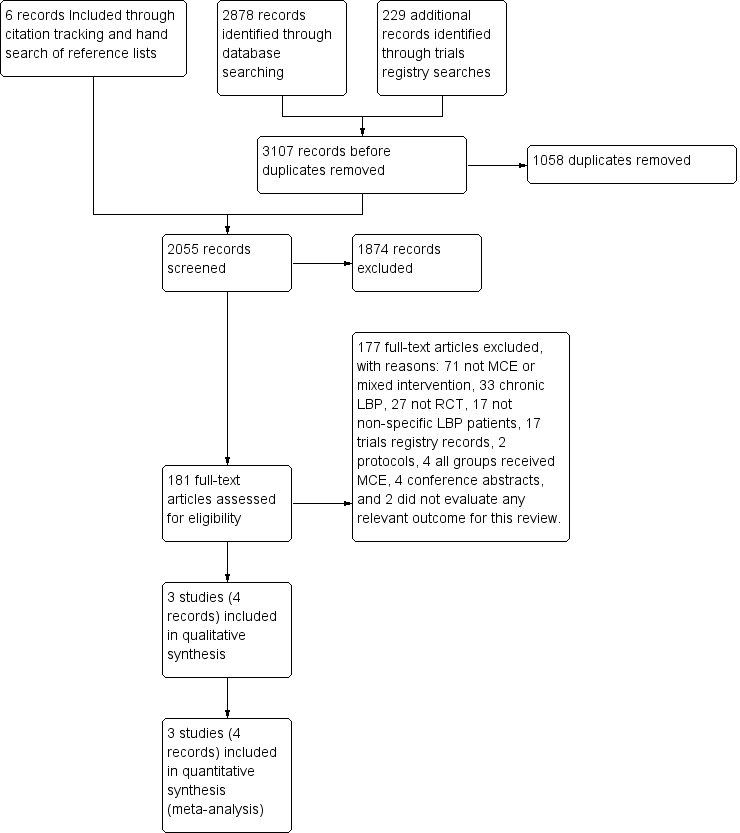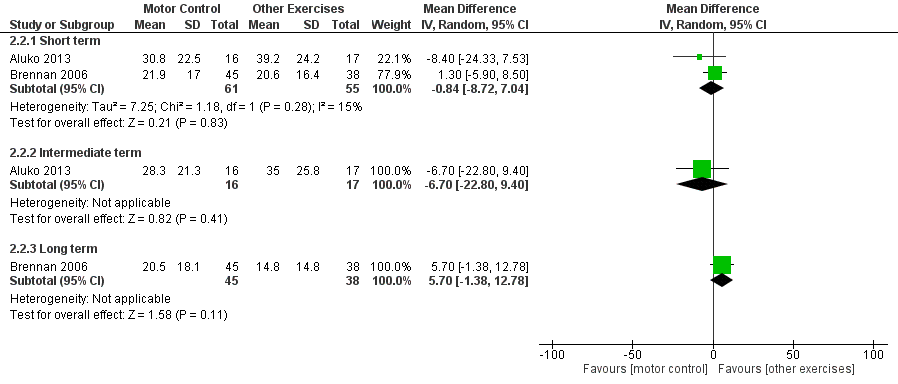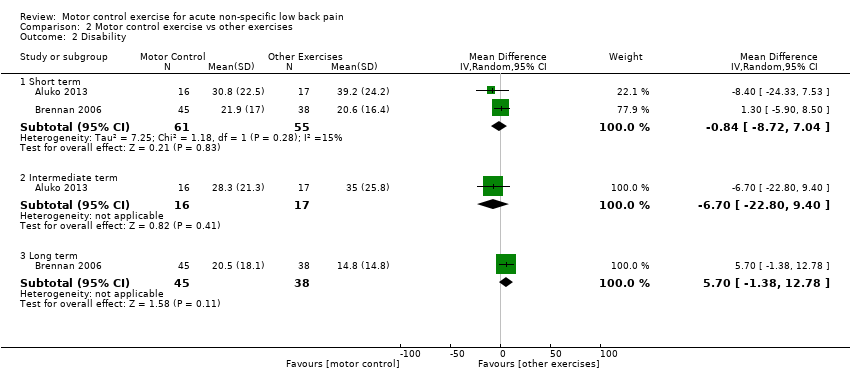Contenido relacionado
Revisiones y protocolos relacionados
Bruno T Saragiotto, Christopher G Maher, Tiê P Yamato, Leonardo OP Costa, Luciola C Menezes Costa, Raymond WJG Ostelo, Luciana G Macedo | 8 enero 2016
Patrícia Parreira, Martijn W Heymans, Maurits W van Tulder, Rosmin Esmail, Bart W Koes, Nolwenn Poquet, Chung‐Wei Christine Lin, Christopher G Maher | 3 agosto 2017
Helge Franke, Gary Fryer, Raymond WJG Ostelo, Steven J Kamper | 27 febrero 2015
Wilhelmina IJzelenberg, Teddy Oosterhuis, Jill A Hayden, Bart W Koes, Maurits W van Tulder, Sidney M Rubinstein, Annemarie de Zoete | 30 agosto 2023
Maurits W van Tulder, Tony Touray, Andrea D Furlan, Sherra Solway, Lex M Bouter | 22 abril 2003
Gerard Urrútia, A Kim Burton, Antoni Morral Fernández, Xavier Bonfill Cosp, Gustavo Zanoli | 19 abril 2004
Nolwenn Poquet, Chung‐Wei Christine Lin, Martijn W Heymans, Maurits W van Tulder, Rosmin Esmail, Bart W Koes, Christopher G Maher | 26 abril 2016
Martijn W Heymans, Maurits W van Tulder, Rosmin Esmail, Claire Bombardier, Bart W Koes | 18 octubre 2004
Jill Hayden, Maurits W van Tulder, Antti Malmivaara, Bart W Koes | 20 julio 2005
Donna M Urquhart, Jan L Hoving, Willem JJ Assendelft, Martin Roland, Maurits W van Tulder | 23 enero 2008












